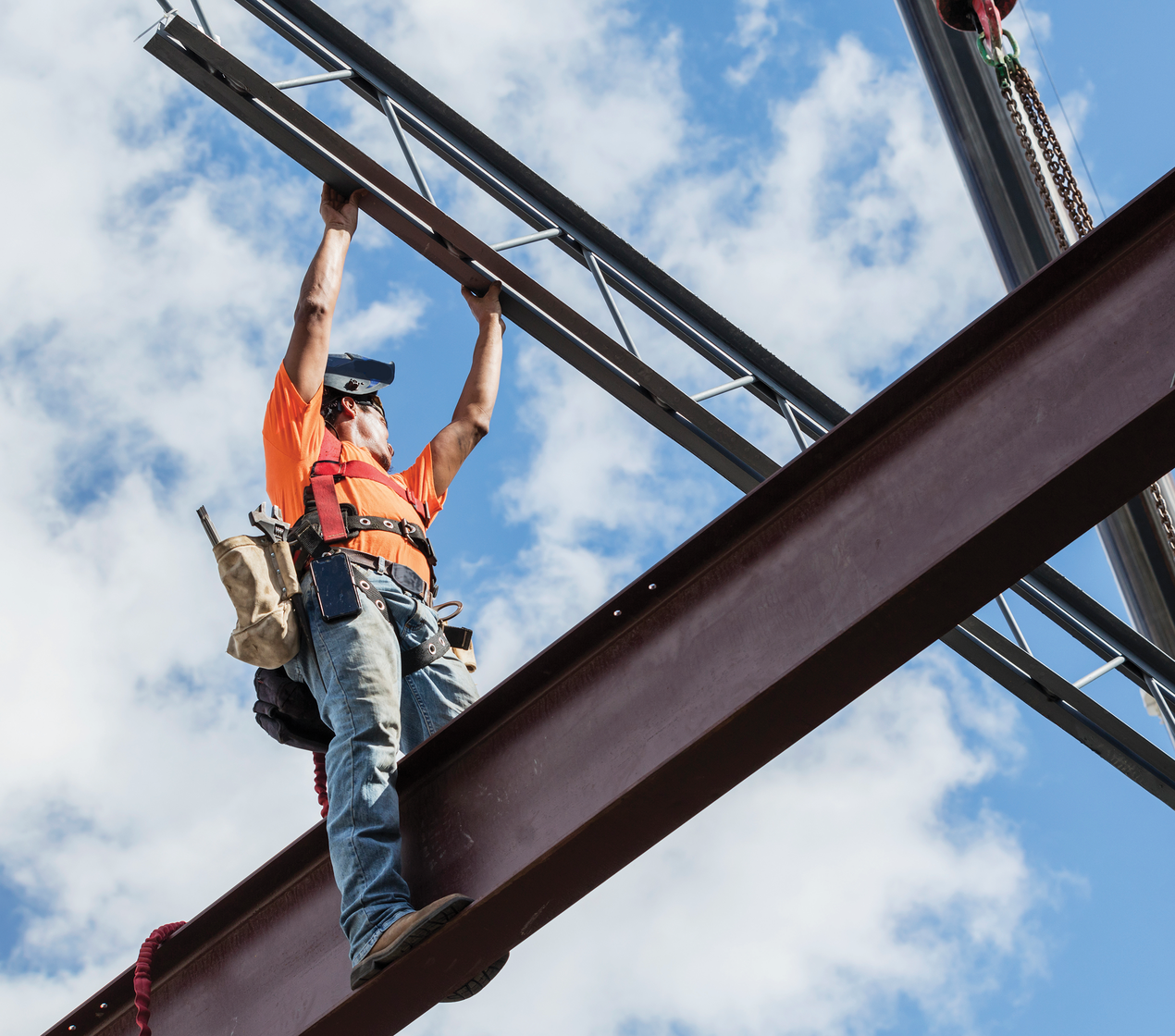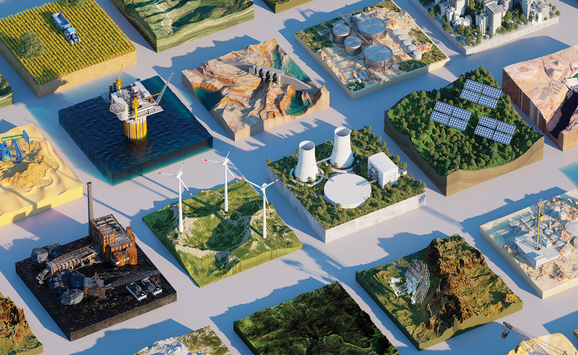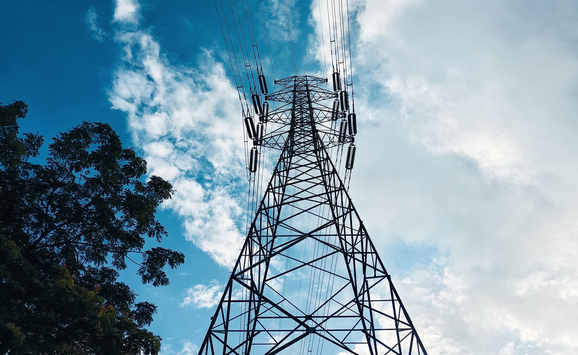Resources for the Future is investing in research that explores environmental permitting, other federal regulations, and the effect of such regulations on current US energy infrastructure needs.
The United States has a pressing need to build out its energy infrastructure—including clean electricity generation, pipelines, electricity transmission, and more—to address domestic and global priorities.
However, siting, permitting, and other regulatory barriers continue to provide substantial hurdles in modernizing the energy system. These challenges exist regardless of the changing landscape of financial incentives for energy infrastructure that were put into place after the 2022 Inflation Reduction Act and partially repealed by the 2025 congressional reconciliation bill.
Resources for the Future has been engaged over the past two years, under its “Obstacles to Energy Infrastructure” project, in identifying, quantifying, and investigating solutions to such obstacles that get in the way of building beneficial energy infrastructure. Our work has focused on how regulatory processes affect the construction of energy infrastructure, and on the effects that policy changes to those processes might have on the US energy system.
Siting, permitting, and other regulatory barriers continue to provide substantial hurdles in modernizing the energy system.
Under the Obstacles to Energy Infrastructure project, we have built a community of practice, composed of experts, stakeholders, and policymakers, to inform federal policy development such as the Energy Permitting Reform Act of 2024. We also have conducted original analysis and commissioned research to better understand issues related to grid interconnection, interregional transmission, the National Environmental Policy Act, federal leasing for energy development, and local ordinances and opposition to energy development.
Each of these papers is being released this year through public webinars that will feature panels of experts, highlighting key results and placing those insights into the current policy and economic context. In a related article in this issue of Resources magazine, for instance, Emily Joiner and Arthur G. Fraas summarize a set of reports that focus on the role of the National Environmental Policy Act as an obstacle to expedited energy infrastructure.
Much has changed since we started this project two years ago. In a time of unprecedented growth in electricity demand, and policy changes that have reduced the availability of federal support for new solar and wind energy production and transmission, continued work under this project will be critical to provide information to policymakers who seek to support new energy infrastructure of all kinds.
As we kick off this next phase of our work, we see a strong and persistent need to address basic information gaps about projects to develop and inform policy interventions; provide a single clearinghouse with information about related research and happenings at the local, state, and federal levels; and increase engagement with the federal government to support bipartisan efforts to reform the US permitting system.







